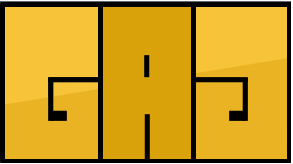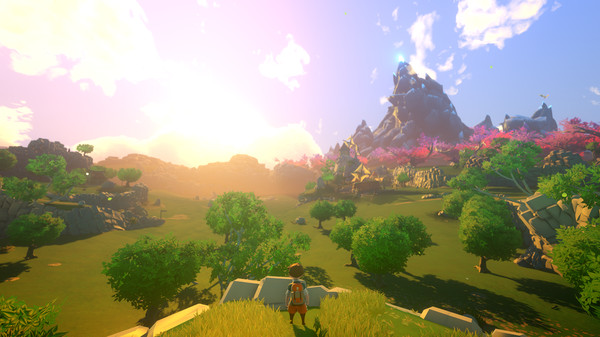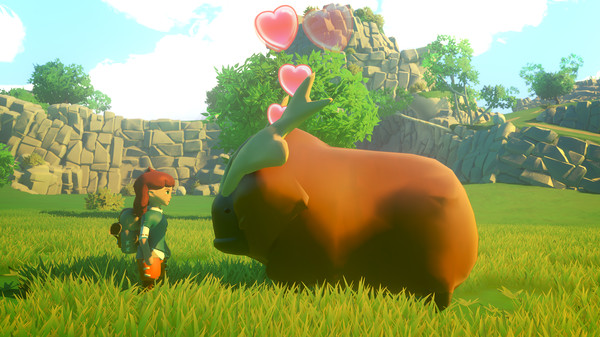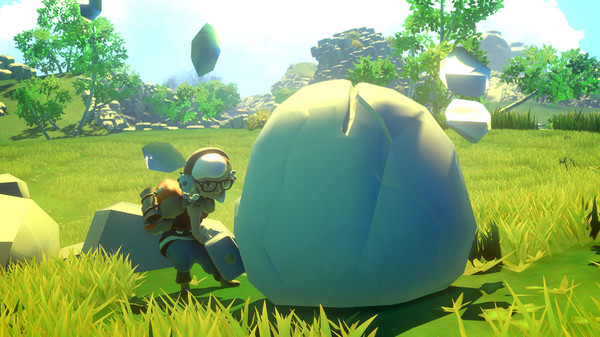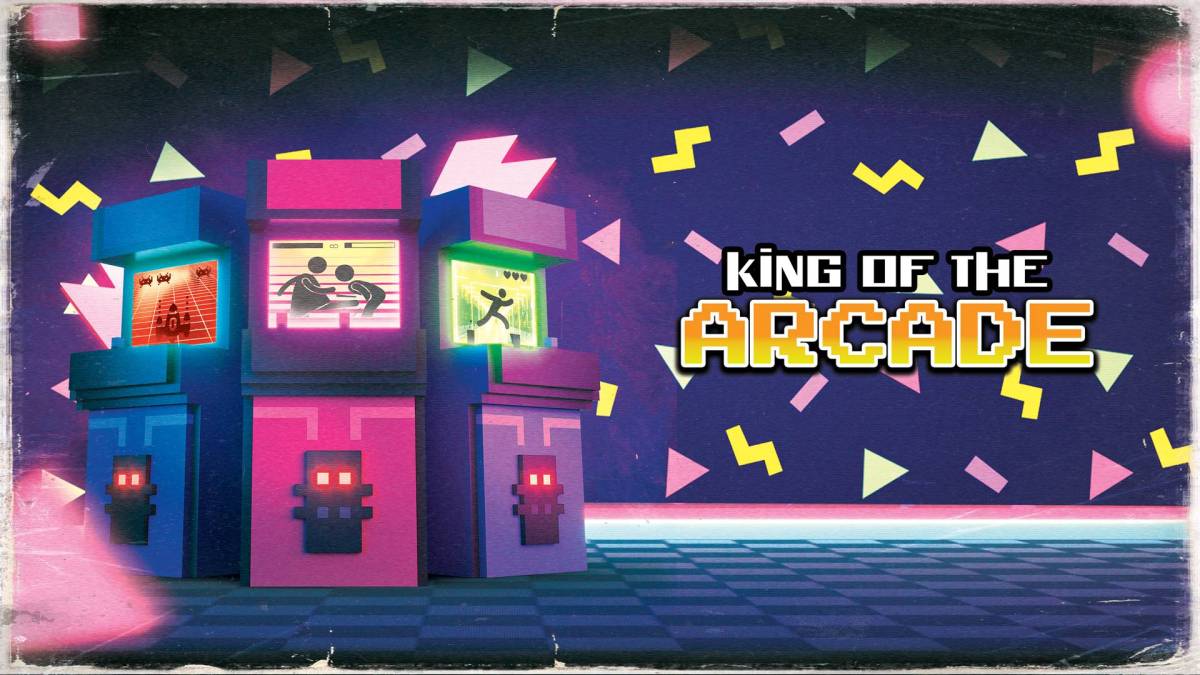
Platforms: PlayStation 4 (reviewed), Microsoft Windows
Certain games come along at the right time in life and click with you when they may otherwise not have. While it may be a rare occurrence for some, I think this fact is true for everyone, as a game you love now is something you may have been indifferent about or even hated under different circumstances and vice-versa. Yonder: The Cloud Catcher Chronicles is one such game for me. Had I played it a few years ago, I may have brushed it off as boring and childish, but as we grow and evolve as people so do our tastes. As I’ve grown older I’ve found my appreciation for more laid back, “casual” experiences has greatly increased and Yonder certainly falls into that category. While it’s always important to read the entirety of a review and not just use the final score, with a game of this nature it is imperative.
Yonder: The Cloud Catcher Chronicles opens with a simple character creator that basically allows you to choose your character’s gender and body type. Soon after, your nameless character finds themselves on a boat traveling towards the land of Gemea to uncover the secrets of their past, but along the way the waters get rough and they end up shipwrecked. They are then visited by a mysterious creature that informs them that Gemea has been enshrouded by an ominous cloud called murk. Now they must not only learn about their past, but also help free Gemea from the blight that has overtaken it.
Yonder is a game all about adventure and exploration. There is no combat to engage in, no experience to earn, no attributes to enhance, and no skill trees to develop. It’s all about discovery and helping to return Gemea back to the paradise it once was. In order to do this and clear away the murk, you’ll have to search out and find small creatures known as sprites, as they can be used to help dispatch this evil fog. Sprites can be acquired by completing quests, solving simple puzzles, or just by finding them hiding out in the world and you’ll need to recruit as many as you can because each area of murk will require you to have a specific number of sprites to clear.
Sprites are only able to clear out smaller areas of murk around Gemea, so your character will need to find a more effective method to free the entire world. This is where the Cloud Catcher comes into play. Your main goal in Yonder is to repair this device that can be used to completely wipe out the murk that the sprites cannot. Completing this task is surprisingly simple and if you’re just running through this main questline you could probably complete the game in just a few short hours. I was honestly surprised with how little there was to do as far as the main story beats go, but Yonder definitely makes up for it other ways.
While your main goal is to clear away the murk, there are a plethora of other things to do in Yonder. You’ll be able to build farms that will allow you to grow crops and trees, as well as adopt a variety of animals that you can find around Gemea. There are also tons of sidequests that you can pick up from the people you meet in the numerous towns you’ll visit. There are a number of resources available to gather by chopping down trees, breaking apart rocks, picking flowers, fishing, and more. Thankfully all of those resources will go to good use as you can join a handful of guilds which will enable you to build and create a number of items, ranging from buildings and decorations for your farm to clothing and food. If you’re looking for things to keep you busy in Gemea, there is certainly no shortage of things to do.
Even with all of the things to do, perhaps the most fun I had during my time with Yonder was when I was venturing off the beaten path and exploring every nook and cranny of Gemea. The map you’ll have access to is surprisingly large and the sheer number of places to explore caught me a bit off guard at first. If you’re the type of person that enjoys finding secrets, Yonder probably won’t disappoint, as there are tons of things out in the world to find ranging from treasure chests to hidden coves and much more I won’t spoil.
What made exploration particularly exciting for me though is just how beautiful this world could be at times. On the surface, it may look like a simple game in terms of graphics, but there were plenty of times I found myself enjoying the view as much as anything else. Standing on a cliff overlooking the ocean while the sun set in the distance was a sight to behold. The ambient noise of birds, wind, rain, water crashing, and other environmental sounds also added much to the experience as Gemea truly felt like a living, breathing world.
While there is plenty to gush about in Yonder, it isn’t without a few issues and the most significant is the way it handles fast travel. Once I had explored everything I wanted to and was just trying to finish up quests as the game was winding down, fast travel became something that I was in desperate need of. Unfortunately, there are only seven or eight spots in the game that allow you to do this. These are known as Sage Stones and once you’ve opened one (by completing a simple quest) you can enter it and exit from any of the others that you have unlocked. The problem is that even when using this method of travel you still have to travel on foot great distances to reach most of your destinations as most of the stones are tucked away in areas that aren’t close to any kind of point of interest. I feel like having a way to travel between your farms or each town you’ve discovered would have been far more convenient. Luckily, this only became an issue in the last couple of hours when I had seen all I wanted to.
Another small issue was with the way the game handles inventory. Your character is outfitted with a backpack, and while its appearance can change, I never found a way to increase the capacity. In a game where collecting items is all too important, needing to micromanage the inventory got quite cumbersome at times. Each farm you build does contain a shared inventory box (with what seemed to be unlimited space) that allows you to have access to all of your stored items no matter which farm you are on, but with the travel distances between them and the aforementioned fast travel system, getting to one was usually a pain.
On a related note, I wasn’t a fan of the way currency was handled. It is impossible to sell off your excess items and have a surplus of cash because all transactions in the game are done strictly by trade only. This led to a few different problems as sometimes I would have a backpack full of cheap stuff and wouldn’t be able to buy what I wanted, which led to trekking back to a storage box or hoping I could craft something of value that I wouldn’t need later. Other times I would have to sell off something worth more than the items I wanted because I didn’t want to make that long trek to a box. For a game with such a laid back feel, all of this tedious micromanagement felt completely out of place.
I’ve said this about plenty of other games in the past, but I feel like with Yonder: The Cloud Catcher Chronicles, it’s more important than ever; this game will not be for everyone. The lack of combat and instant gratification from things like XP will certainly be a turn off for some, but if you’re okay with exploring the simplistic beauty of Gemea and uncovering its numerous secrets, it is well worth your time.
